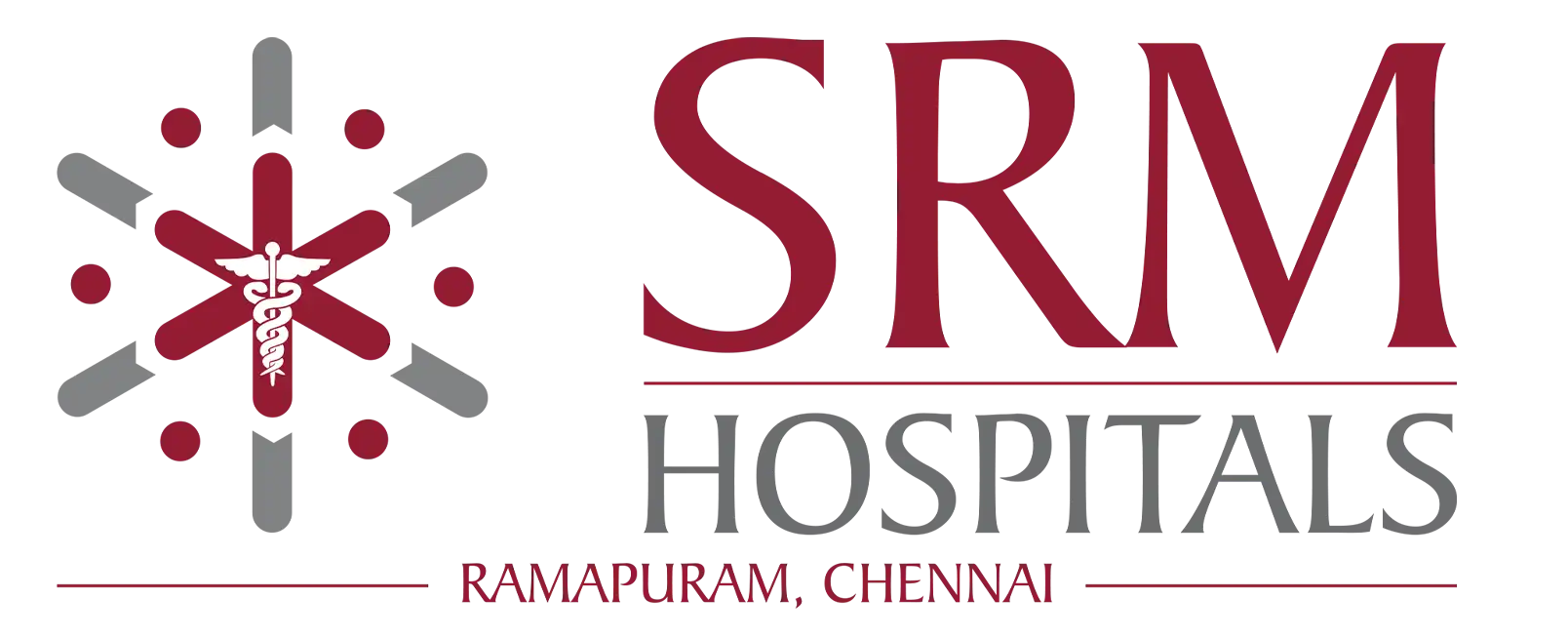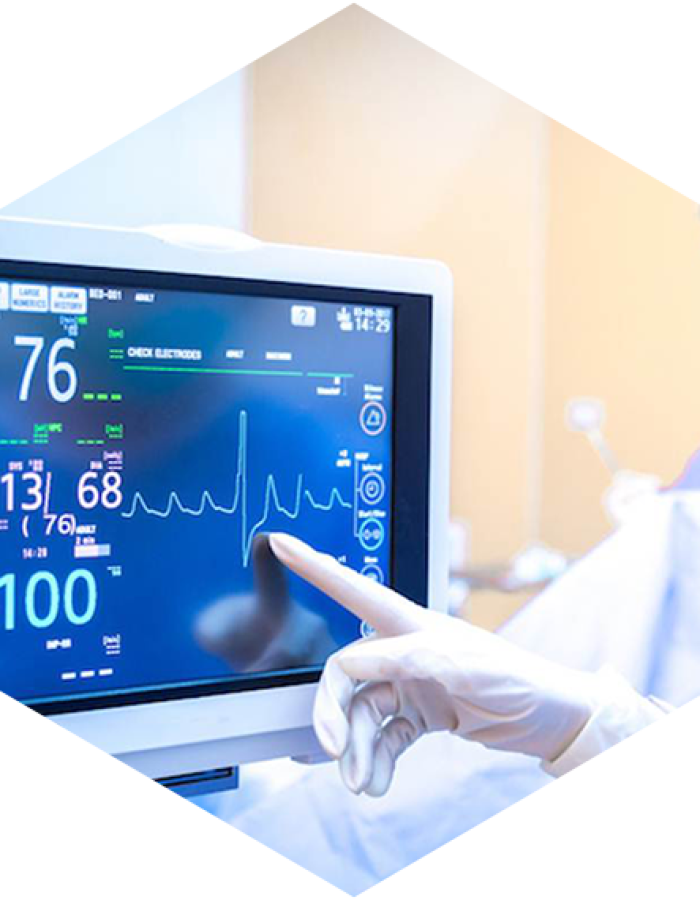What is Assistive Technologies ?
They are items, devices, strategies or pieces of technology used to increase the functional ability of individuals or children with disabilities. Assistive technology equipment or method helps a person communicate better in their work field or their daily lives. They range from low-tech devices like chalk and board to high-tech devices like specially designed software. Some examples of such devices are reading pens, voice recognition equipment, hearing aids, prostheses, pointing devices, walkers, wheel
chairs and more. The assistive technologies are of different types based on their functional areas – existence, communication, body support, mobility, environmental interaction, education, sports and recreation.
- Hemodialysis is a treatment to filter wastes and water from your blood, as your kidneys.
- Did when they were healthy. Hemodialysis helps control blood pressure and balance.
- Important minerals, such as potassium, sodium, and calcium, in your blood.
- Hemodialysis can help you feel better and live longer, but it’s not a cure for kidney failure.
- You may be able to do hemodialysis at home. Normally, hemodialysis begins well before your kidneys have shut down to the point of causing life-threatening complications.





